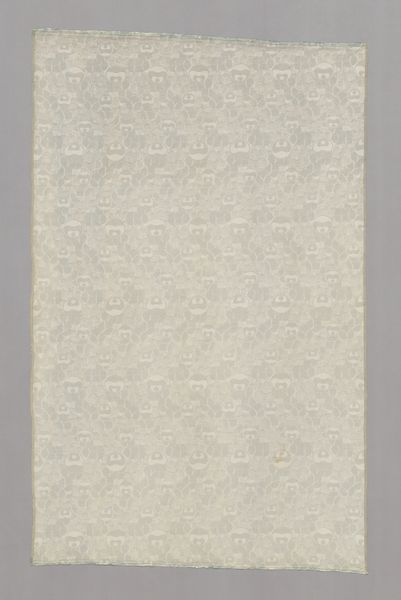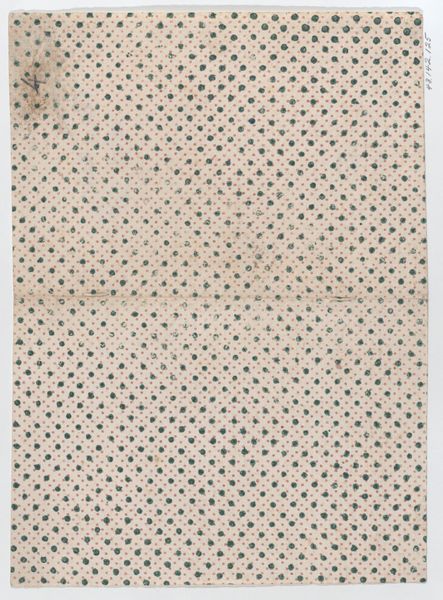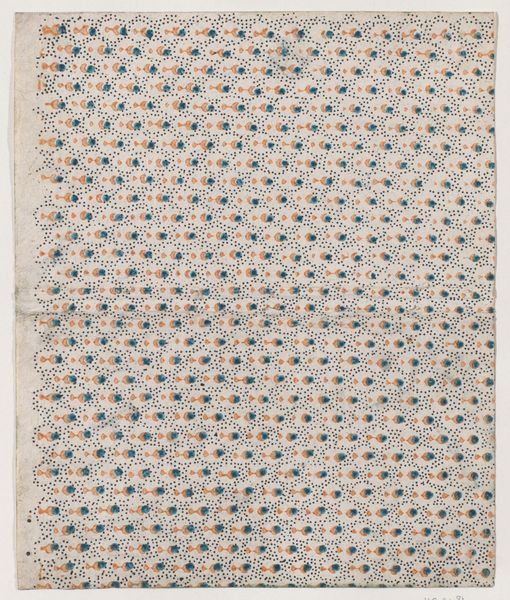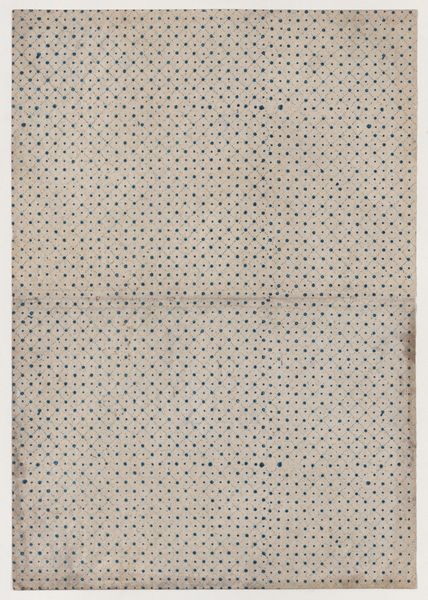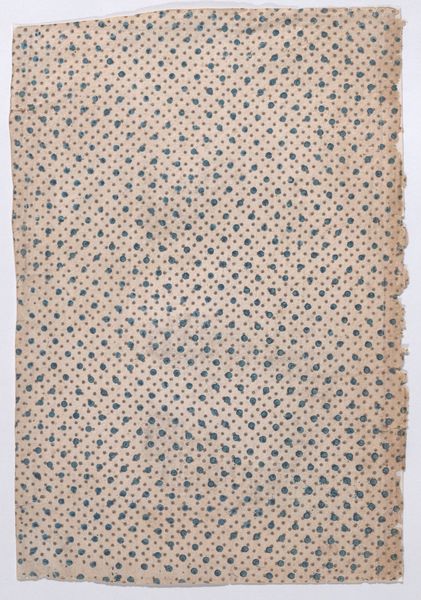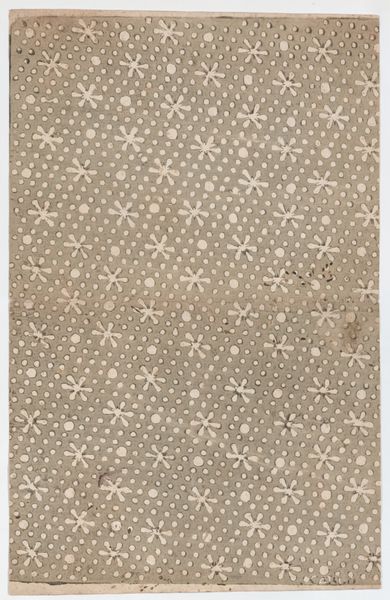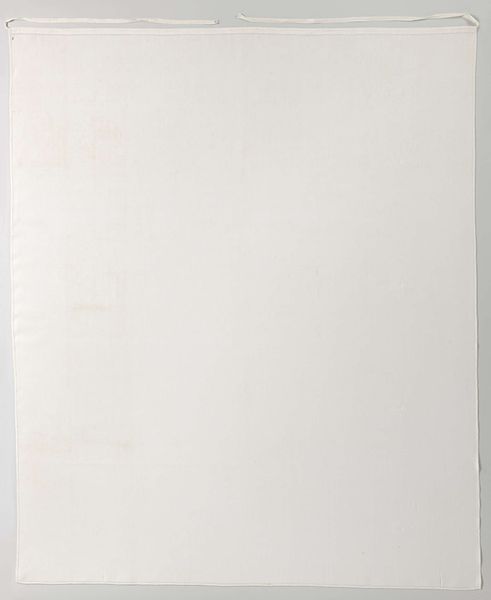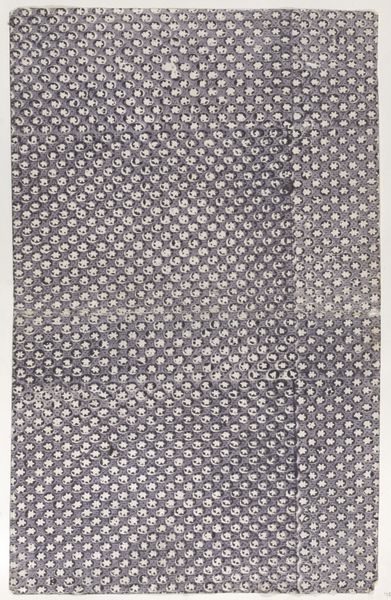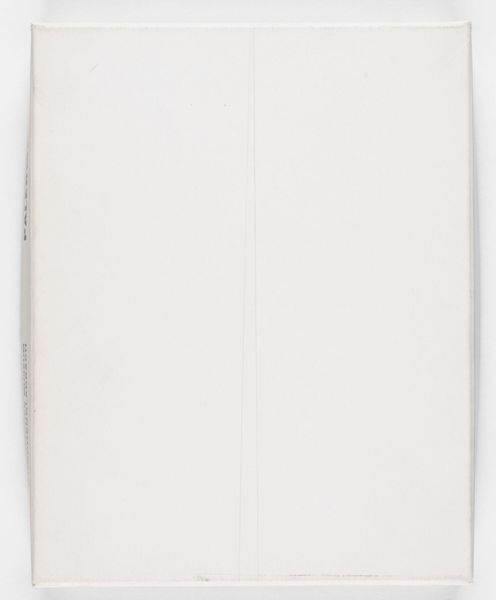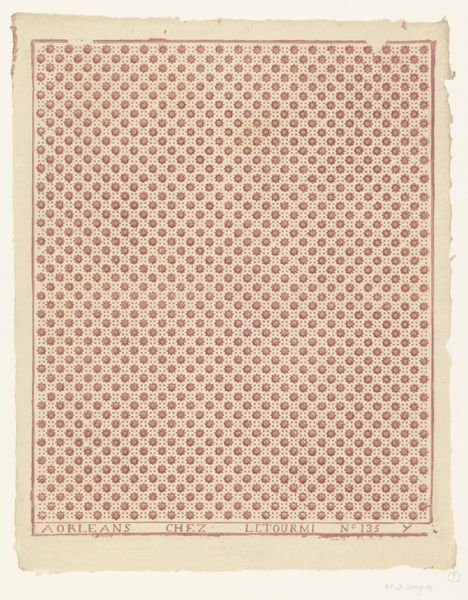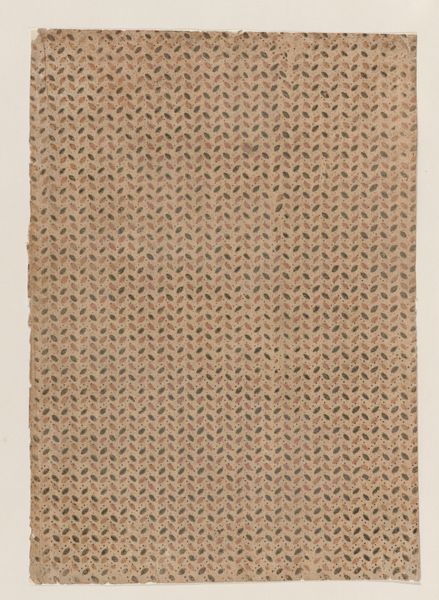
Papierbehangsel met patroon van uit facetten opgebouwde achthoeken c. 1855 - 1856
0:00
0:00
paper
#
type repetition
#
natural stone pattern
#
pattern
#
paper
#
repetitive shape and pattern
#
organic pattern
#
repetition of pattern
#
vertical pattern
#
pattern repetition
#
repetition of white colour
#
decorative-art
#
imprinted textile
#
layered pattern
Dimensions: height 87.5 cm, width 54.5 cm
Copyright: Rijks Museum: Open Domain
Editor: So, here we have a patterned wallpaper created by Jules Desfossé around 1855. The repeating motif of these octagonal shapes gives off a slightly dizzying, yet delicate impression. I'm curious, what does this kind of patterned wallpaper tell us about the time period it was created in? Curator: Well, such designs were central to the visual culture of the mid-19th century. The rise of industrial production enabled patterned wallpapers to be manufactured on a mass scale, becoming increasingly accessible to broader segments of society. This wallpaper points to evolving notions of domesticity and interior design, and the growing emphasis on creating visually stimulating, carefully curated living spaces. It’s worth considering how this democratisation of decorative arts affected societal perceptions of luxury and taste. Did owning patterned wallpaper change how people viewed their homes and their social status? Editor: That’s fascinating! I never considered how mass production would affect social status. Do you think this specific design holds any significance? Curator: Absolutely. The geometric pattern is rather interesting, isn’t it? While drawing on historical precedents, this design would reflect contemporary trends, possibly mirroring interests in scientific observation and the classification of natural forms. But it also raises questions about class. Consider who had access to such items. Mass produced yes, but cheap? Certainly not, especially compared to plain whitewashed walls of poorer households. It served, on one hand, as social leveler but also reinforced societal hierarchies. Editor: That's a great point about societal hierarchies being subtly reinforced, even with wider availability. I’ll definitely keep that in mind as I study other pieces. Thanks for this perspective! Curator: My pleasure! Thinking about art in terms of social and cultural contexts makes the experience far richer, doesn't it?
Comments
No comments
Be the first to comment and join the conversation on the ultimate creative platform.
